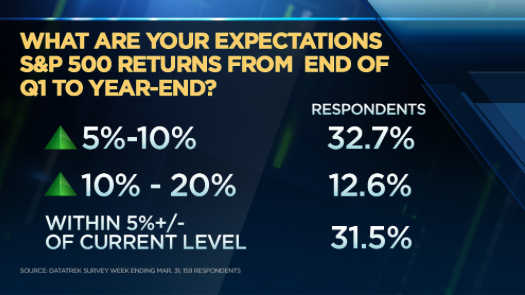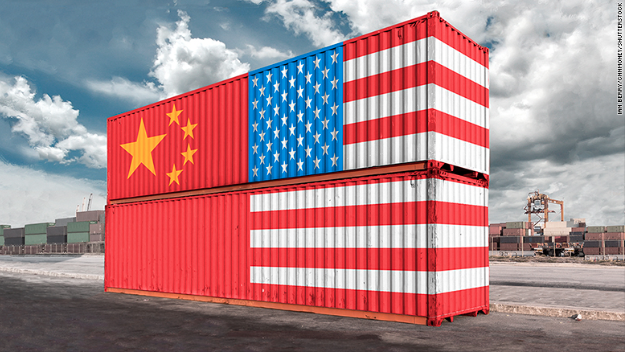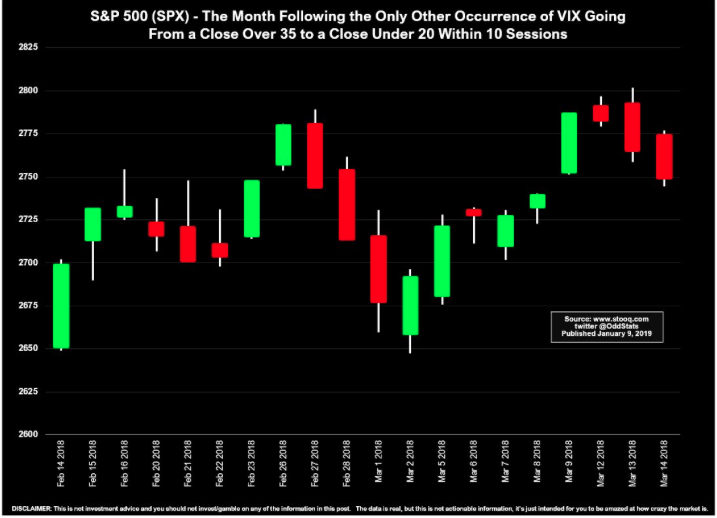If you recall the Dow rallying 389 points yesterday, well that rally is at great risk presently with newly announced tariffs from both the U.S. and its counterpart, China. Yesterday, the U.S. Administration announced $50 billion of goods that it plans to hit with 25% tariffs unless Beijing makes major trade and investment concessions soon.
The imports targeted for levies reached across the U.S. economy, from high-tech industries like medicine, aviation and semiconductor machinery to intermediate goods like machinery and chemicals. None of the tariffs go into effect immediately and U.S. companies have until May 22 to raise objections to the proposed tariffs, with a public hearing on the issue scheduled for May 15.
The U.S. Trade Representative says the announced tariffs target products that benefit China’s industrial plans “while minimizing the impact on the U.S. economy.” Specifically, it takes aim at China policies that “coerce” American companies from transferring technology and intellectual property to local Chinese companies.
China has been accused by companies from abroad of forcing them to undertake “technology transfers” in order to operate in China. Beijing also forces many foreign companies into joint ventures with Chinese partners before allowing them access to its market.
And that brings us to Wednesday morning when China announced additional tariffs on 106 U.S. products. The move by China, in response to the U.S. announced tariffs, is likely to heighten global concerns of a tit-for-tat trade war between China and the United States. The effective start date for the new charges will be revealed at a later time, though China’s Ministry of Commerce said the tariffs are designed to target up to $50 billion of U.S. products annually, including soybeans, cars and whisky.
China’s ambassador to the United States explained why his country was striking back against U.S. trade measures.
“We certainly don’t want to have any trade war with anybody, but people have to understand who started all this. We’ll, in accordance with Chinese laws, take measures to fight back” said ambassador Cui Tiankai.
“Such protectionism will not protect anybody. It will not protect American workers or American farmers. It will not protect American businesses or American consumers,” Cui said. “It will hurt everybody including the U.S. economy itself.”
“We are always ready to continue and intensify our dialogue and communication with the U.S. side on any possible economic or trade issues, but we need reciprocity. Our goodwill has to be met by the same degree of goodwill.”
There will likely be no winners in a trade war, which I’m not of the opinion will come to fruition in the first place. There is a great deal of bluster being put forth at present, but with ample room and time for discussions that will be taking place near term. It’s important to recognize and understand that when a nation seeks to punish another country with tariffs on its goods, exporters in the target country suffer, but so do consumers and import-consuming industries in the country imposing the tariffs. In fact, they may suffer more economic damage than the targeted country and if the targeted country retaliates, the damage compounds itself for both parties/countries.
Daniel Griswold is a senior research fellow and co-director of the Program on the American Economy and Globalization at the Mercatus Center at George Mason University. He is the author of ”Mad about Trade: Why Main Street America Should Embrace Globalization.” Griswold offered an op-ed this morning discussing the trade war issues and agendas with reason and logic:
“U.S. tariffs will do nothing to reduce the U.S. bilateral trade deficit with China. If those tariffs succeed in reducing imports from China, the Chinese will have fewer dollars to buy U.S. exports or to invest in U.S. Treasury bills or U.S. affiliate companies. Both imports from China and exports to China will decline, leaving the trade balance unaffected but reducing overall trade flows and the lower prices and gains from specialization that trade delivers.
In China, national savings exceed total investment, so its surplus savings flow across the Pacific to invest in the United States. When the Chinese purchase U.S. Treasury bonds, it helps our federal government fund its military and other operations with lower borrowing costs. It also prevents the federal government’s insatiable appetite for debt from crowding out private domestic investment.
The right way to approach trade with China is not to provoke an unwinnable trade war, but to seek international cooperation to address issues of mutual interest. In cooperation with other advanced economies, the United States should seek to encourage reform in China to address issues of intellectual property and steel overcapacity.”
Global equity markets are falling on the heightening of trade war rhetoric, with the Hang Seng falling 2.19% overnight. Once again, it is also important to understand that the trade war rhetoric is just that, and the tariff proclamations are just that. No tariffs have been implemented by either the U.S. or China, but rather they have been proclaimed. Nonetheless, U.S. equity futures are following suit in the early morning hours with all three major indices falling by greater than 1.25% prior to key economic data due out before the opening of trading on Wall Street. ADP’s report on private-sector employment in March is slated to hit at 8:15 a.m. Eastern Time, arriving ahead of Friday’s closely watched government data on nonfarm payrolls. Economists expect ADP to report 205,000 private payrolls were added in March, slightly above the 195,000 total nonfarm payrolls expected Friday. But employment reports will likely prove of lesser relevance today, overshadowed by trade war rhetoric.
“I don’t expect the economic data to prove to be the primary driver. … We’ll take our cue from what’s going on in the equities market, which is driven by the headlines out of Washington. We are very much in a reactive market for Treasuries, as we get a sense for the next proverbial shoe to drop,” said Ian Lyngen, head of U.S. rate strategy at BMO.
With each passing trading day, investors are searching for stability in the markets, but without any success as of late. The S&P 500 has failed to hold its 200-day moving average recently and for a 3rd time since falling into correction territory. Even with all the whipsawing in markets, some of which can be viewed as self-inflicted and due to geopolitical headlines, investors remain optimistic about equity markets for the full year. DataTrek Research’s Nick Colas just finished a special market survey for the week ending March 31. It asked finance professionals what they’re expecting, and the results were mixed. Colas said a majority sees more market pain coming. But the findings also indicate most respondents expect 2018 to finish the year in the green.

“Investors are looking for a level. We’re just not there yet,” he said Monday. “The overwhelming majority, roughly 54 percent, thought that stocks would bottom somewhere between down 10 and down 20 percent from closing levels as of the end of last year.”
Equity markets will likely come under increasing pressure and increasing volatility today as investors’ buying inactivity has weighed on the major indexes during this correction period. Investors and traders would likely be wise to protect their portfolio positions near term, siding in favor of caution until a cooling of geopolitical matters prevails. A recent posting by Elliot Wave Forecast shows a continuation of the recent downtrend in the S&P 500 as follows:
“Expect Index to extend lower 1 more time to end Minute wave ((v)) towards 2509.45 – 2540.78 and this next leg lower should also complete Minor wave A of a zigzag from 3.28.2018 high (2676.54). Afterwards, expect Index to bounce in Minor wave B in 3, 7, or 11 swing to correct cycle from 3.28.2018 high before the decline resumes.”
I would expect an ugly day on Wall Street, but would also be pleasantly surprised to find the contrary!
Tags: SPX VIX SPY DJIA IWM QQQ









